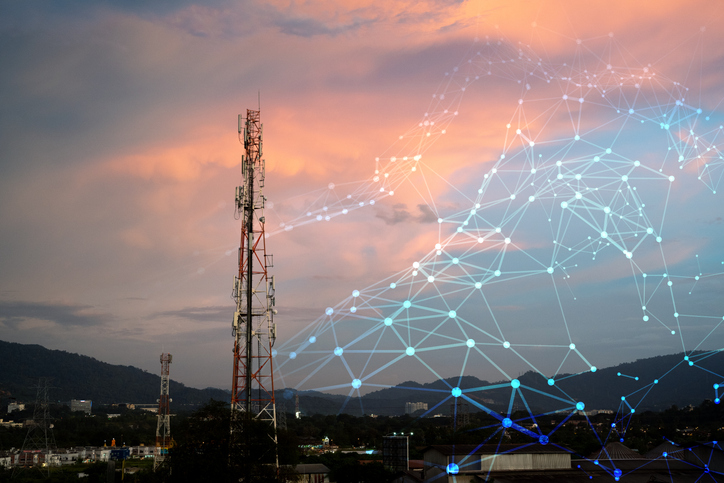LoRa and cellular—better together? A new acquisition brings two powerhouse technologies together for the good of the IoT (Internet of Things). Early this month, Semtech announced it will acquire Sierra Wireless, and the two companies say together they’ll offer the ultra-low power benefits of LoRa alongside the higher bandwidth capabilities of cellular. How might this acquisition—or, on a bigger scale, the combination of LoRa and 5G—enable innovation and growth for the IoT?
According to Research and Markets, the LoRa and LoRaWAN (long-range wide area network) devices market will reach $6.2 billion by 2026, growing at a CAGR (compound annual growth rate) of 36.5% between 2021 and 2026. The research firm suggests this growth is attributable to the uptick in IoT adoption in sectors such as industrial, commercial, and consumer, among others, and it points to use cases like LoRa-based machine vision cameras for realtime quality inspection as good examples of how LoRa use cases are driving growth in the market.
The LoRa Alliance advocates LPWA (low-power wide-area) networks as being the key to low-power “fix-and-forget” machine applications and the IoT space at large. In fact, the alliance claims LoRa is destined for powering 75% of the IoT market, leaving just 25% for 5G. Since LoRa is an unlicensed narrowband technology, it tends to offer a clean transmission and better range than wideband technologies like 5G. It’s also very efficient. Semtech describes the LoRaWAN standard as filling the technology gap of cellular, Wi-Fi, and BLE (Bluetooth Low Energy) networks that require either high bandwidth, high power, have a limited range, or are unable to penetrate indoor environments.
5G, of course, has its own distinct advantages—notably high bandwidth and low latency, which makes it great for IoT applications like manufacturing, public safety, supply chain management, and others. Sierra Wireless, an IoT and 5G solutions provider, will bring modules, gateways, and cloud services to Semtech as a result of the strategic merger. Together, Semtech and Sierra Wireless expect to be well positioned to serve high-growth segments like smart cities, utilities, supply chain and logistics, and smart agriculture. Semtech says the deal will approximately double its annual revenue and add more than $100 million in high-margin IoT cloud services recurring revenues.
Perhaps even more interesting and important, though, is the marriage of these two technologies—LoRa and cellular—for Semtech and Sierra Wireless customers and for the IoT at large. The companies say the combination of Sierra Wireless’ cellular capabilities across its modules, gateways, and managed connectivity along with Semtech’s LoRa-enabled end nodes will enable new IoT use cases. Semtech president and CEO Mohan Maheswaran says the combined company will be positioned “to advance the market with multi-radio solutions that bring new chip-to-cloud services to support customers and grow our business.”
Chip-to-cloud technology has been called the next billion-dollar technology (in fact, earlier this year, Hitachi made a move to acquire GlobalLogic and its chip-to-cloud technology), so it’s clear Semtech has its finger on the market pulse. The new, combined company of Semtech and Sierra Wireless will be one to watch as it embarks on its mission to advance the IoT by leveraging each company’s individual strengths while also building new solutions and services together.
Want to tweet about this article? Use hashtags #IoT #sustainability #AI #5G #cloud #edge #digitaltransformation #machinelearning #Semtech#SierraWirless #LoRa #LoRaWAN #lowpower #cellular #chiptocloud #connectivity


